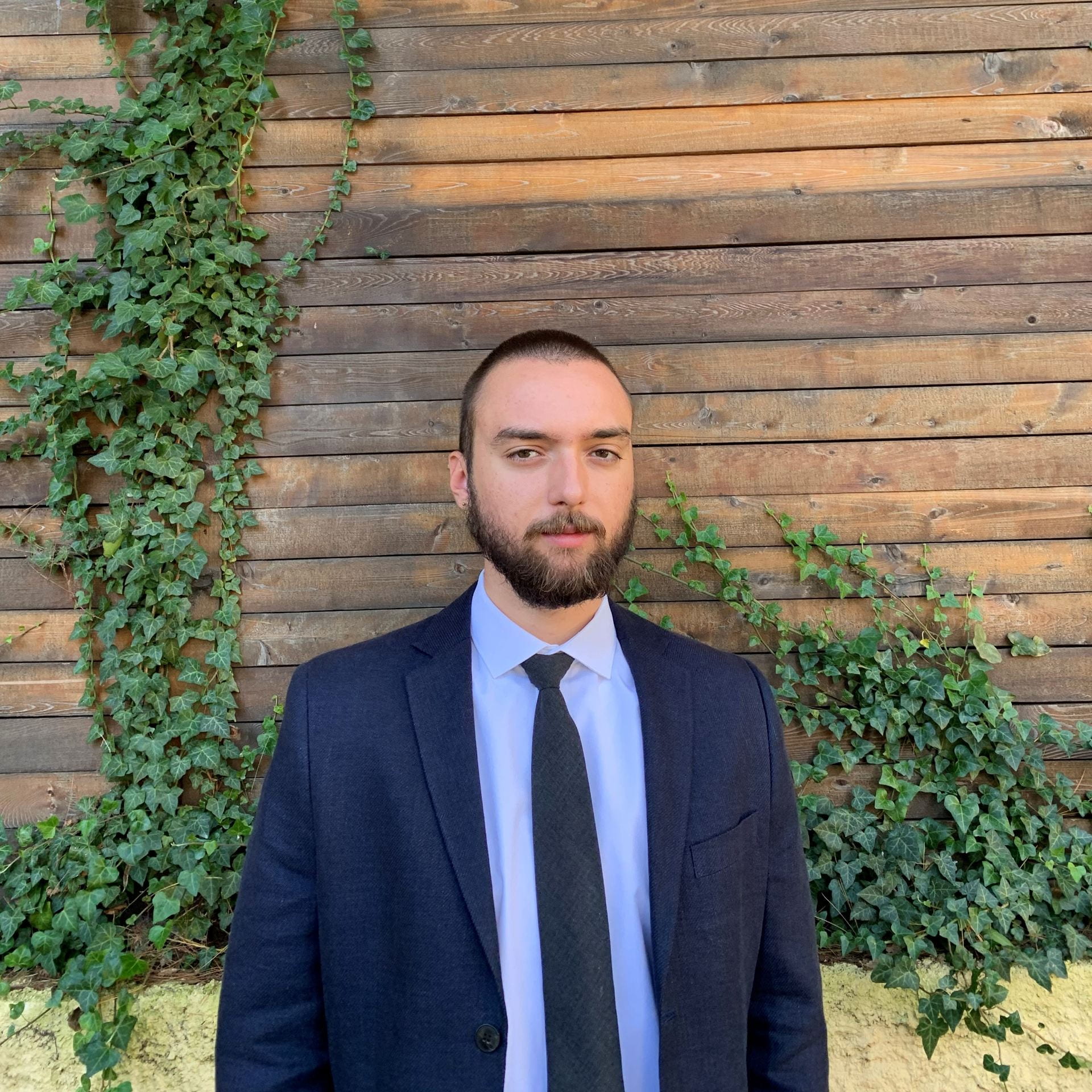
RISK & RESILIENCE


RESOURCES
DATA ANALYSIS
POLICY INSIGHT
INTERVIEWS
RESOURCES
Find a Fire Safe Council
Check out Today's Live Fire Risk
Take Our Survey
Read Our Report
Understanding california wildfires one map at a time
WILFIRES IN CALIFORNIA IN 2020
MILLION ACRES BURNED IN 2020
UNINCORPORATED TERRITORIES (CDPs) IN CALIFORNIA
Percent OF UNINCORPORATED TERRITORIES THAT ARE LOW INCOME
BUTTE COUNTY, CA
- Unemployment rate 12.1%
- Population 65 years or older 16.5%
- Owner Extreme Housing Burden 20.8%
- Renter High Housing Burden 62%
INCLUSIVE & EQUITABLE WILDFIRE LEGISLATION
Unincorporated territories are at the front lines of California’s wildfire crisis. These underrepresented communities are often overlooked by state and federal governance and face policy inequities in wildfire prevention, response, relief, and insurance in comparison to incorporated cities. In an effort to bring a voice to these communities, the Roberts Environmental Center is developing policy toolkits to demonstrate the impacts of wildfire policies.
Wildfire Prevention
Wildfire Response
Wildfire Relief
MAPPING PREPARDNESS
What Are Unincorporated Territories?
Unincorporated territories, also known as Census Designated Places (CDPs), do not have official forms of governance as do incorporated cities and towns. In lieu of mayors , they are led by local boards, councils, and county commissions. While still legislated under county-level jurisdiction, they have a greater degree of autonomy and face fewer restrictions. This comes with pros and cons, some of which are becoming more prominant . The latter are becoming more visible in light of California’s worsening wildfire seasons.
Advantages
Challenges
1
2
3
4
Filling in the gaps
The Process of Incorporation
Much like the path to incorporation, gaining non-profit status for small community organizations like California Fire Safe Councils is difficult, but by no means impossible. These local groups are considered “associations” in IRS tax law, and through their small status can apply using the IRS’s expedited process, officially called Form 1023-EZ, Streamlined Application for Recognition of Exemption Under Section 501(c)(3) of the Internal Revenue Code. This process is arduous and requires additional registration including but not limited to applications for an Employer Identification Number, but can pave the way for different funding sources these communities may currently be missing. (I figured we can link to the IRS form or something here)
Although they represent a major voting bloc in California, the segmented and widespread members of unincorporated territories too often see their voices ignored and overlooked. Larger, more densely populated urban areas are much easier to pander to, and tend to draw the most attention at the media level. These rural communities, despite being hit the hardest by California’s increasingly fierce wildlife season, see the aid and support they desperately need wrapped in bureaucratic red tape and held out of their reach. The overwhelming demands of county and state agencies on these CDP’s in order to give them aid are gargantuan and often insurmountable. It will require both an active effort on the population of these rural regions and our elected officials at the governmental level to change the dynamics of wildfire prevention and remediation policies, and that journey starts with a single step in the right direction.
Create circular, thriving economies through biomass generation
Biomass generation facilities create a circular economy that incentivizes fire prevention efforts by utilizing hazardous forest material as inputs for profitable electricity generation. This “fuel-neutral” process makes use of resources that would otherwise be wasted – or worse – contribute to wildfire risk. Biomass generation can provide back-up sources of electricity, stimulate local economies through job creation, and contribute meaningfully to carbon neutrality goals. This green energy project has tremendous potential for minimizing wildfire risk and building community resilience…it just needs financing.
Wildfires can contribute to the flooding, erosion, and pollution of water management facilities. This threatens water quality and quantity for counties throughout California that rely on watersheds within or proximate to fire-prone areas. Wildfire mitigation and ecological recovery is in the best interest of all Californians. At present, many under-resourced unincorporated territories must foot the bill of wildfire prevention and restoration efforts, but their budgets are a fraction of what they should and could be. It’s time to call on counties who benefit from clean, running water thanks to the effort and economic expenditure of these communities to take action. Sharing the same watershed should entail sharing the same financial burden for its protection.
Improving Rural Insurance Coverage Through BlockchainThroughout our conversations with Concow residents, insurance was an issue that came up repeatedly. Many Concow residents were not able to ensure their homes, especially those who live off-grid or live in trailer homes. Barriers to insurance for residents include high cost and/or unwillingness from insurance companies to provide or renew insurance plans. According to one resident, Concowans were left to “rely solely on what people can help them with, unless they are lucky enough to have insurance–and most of us up here didn’t have it because the companies didn’t want to insure us because of the fire hazard.” The increasing frequency of wildfires in California will only further raise premiums for those living in high risk areas, but new innovations in insurance technology may help balance out the cost. Smart contracts on the Ethereum blockchain have made it possible to create decentralized insurance models like Etherisc and Nexus Mutual, which aim to provide insurance coverage without the need for a centralized insurance company. Decentralized oracles such as Chainlink could allow for a streamlined verification of claims, which could be dispersed automatically and rapidly in the aftermath of natural disasters such as wildfires. Savings from a more efficient model may help reduce the cost for everyday people, and even provide insurance options for those who today’s companies refuse to insure.
HEAR THEIR STORIES
We value the lived experiences of those afflicted by California wildfires. Hear their stories and share yours.

Sami Murphy

Marissa Talcott

Ben Eibl

Wesley Dale

Elton Smole

Lia Harel

Emma Barker

Miller McCraw
to share your story, get involved, or learn more
REACH OUT!








